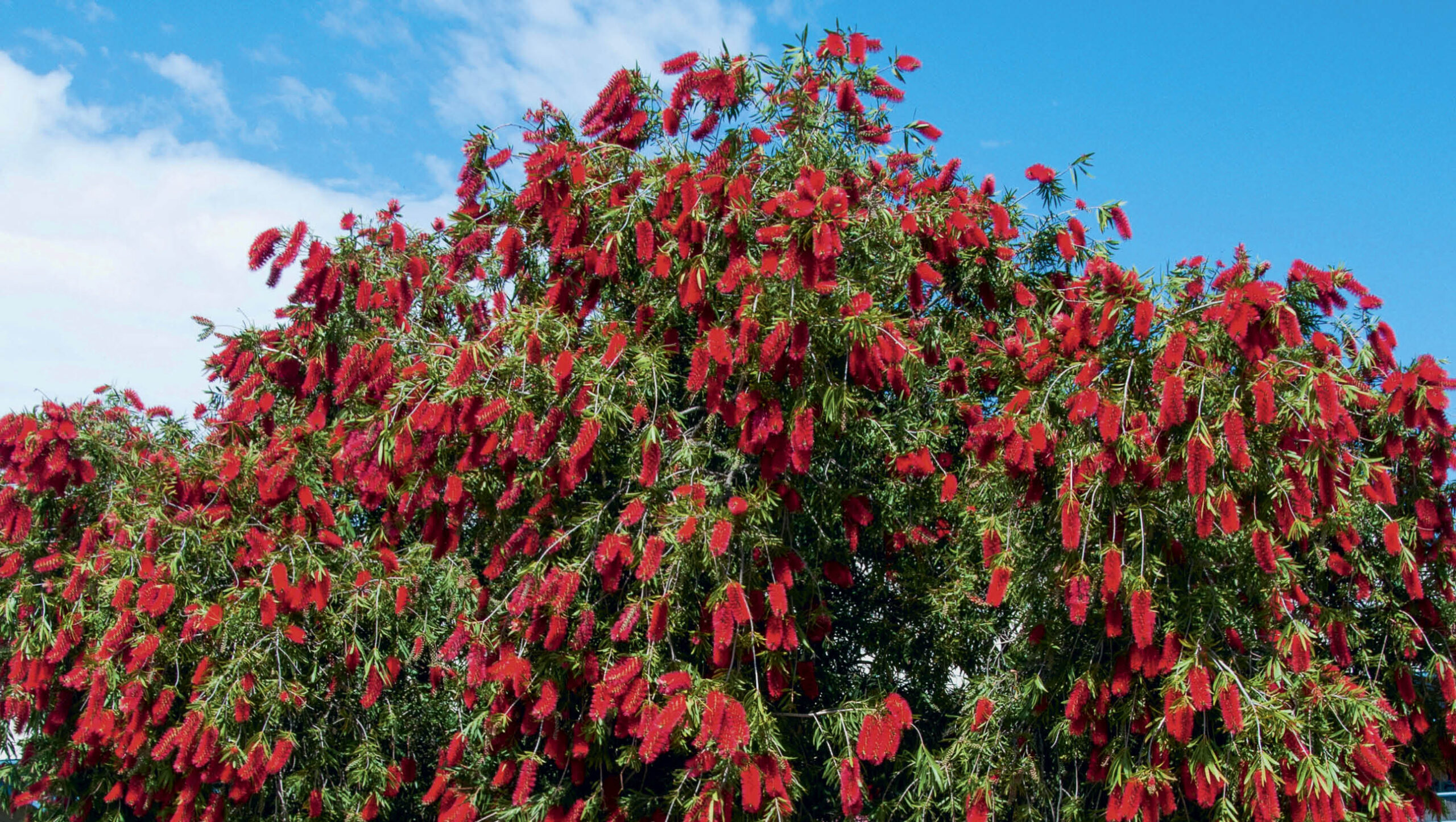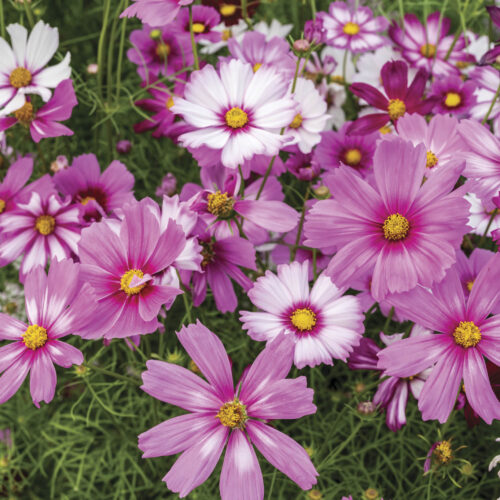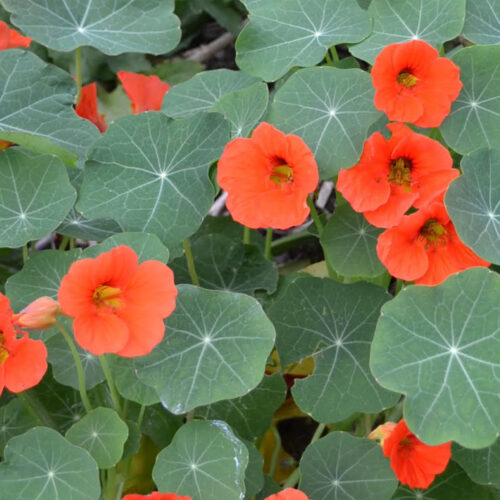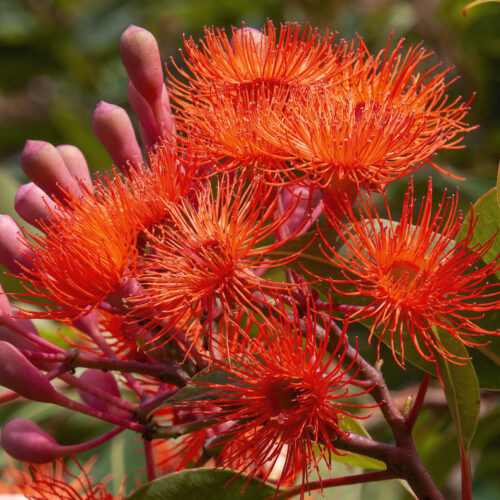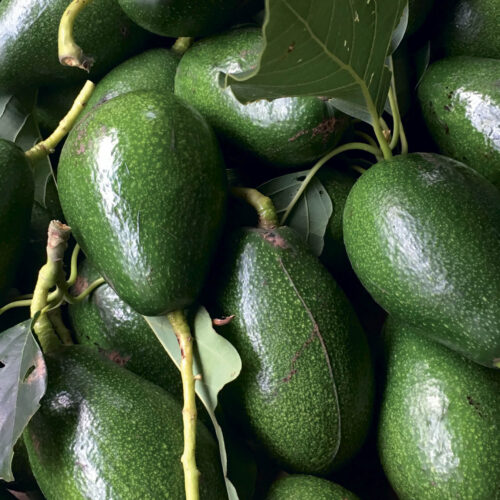Top native trees
2023-06-07T00:42:44+10:00
Helen McKerral suggests some small native trees that will fit into most gardens, attracting birds and insects with their colourful flowers.
If we gardeners each planted just one native tree, especially one endemic to our specific region, suburbs could host many more native birds and insects. The trees don’t need to be huge: smaller ones also provide homes or food for animals, birds and insects, and shade and beauty for us. Local native plant nurseries have species suited to your region. Here are some top options to add to your garden.
Bottlebrushes (Callistemon species)
Callistemon (pictured above) was one of the first genera embraced during the 1970’s native plant boom; the compact C. ‘Harkness’ still graces many Adelaide streets and blooms reliably even in drought.
When they flower, these evergreen small trees or shrubs are alive with bees, both honey and native, as well as other native insects, and are also one of the best food sources for honeyeaters. Two spectacular feature trees are C. formosus and C. viminalis.
New callistemon cultivars boast flowers in shades of pink, yellow, orange and purple, and there is a species to suit every condition: clay or sand, waterlogged or dry, and acid or alkaline. Grow in all climate zones except tropical.
Dwarf Apple (Angophora hispida)
Like corymbias, angophoras are closely related to eucalypts, but their flowers have no cap. A. hispida is an outstanding small evergreen tree. It grows 5–7m and has lovely cream flowers that attract insects and nectar-feeding birds. New growth is pinkish-red, and bark is orange when new.
As trees age, they develop a wonderfully gnarled and twisted habit, making terrific specimen trees even when not in flower.
Although they prefer neutral to acid soils, angophoras will handle clays or sands, and a climate ranging from subtropical to cool temperate, as long as frosts are mild. Grow in all zones except tropical.
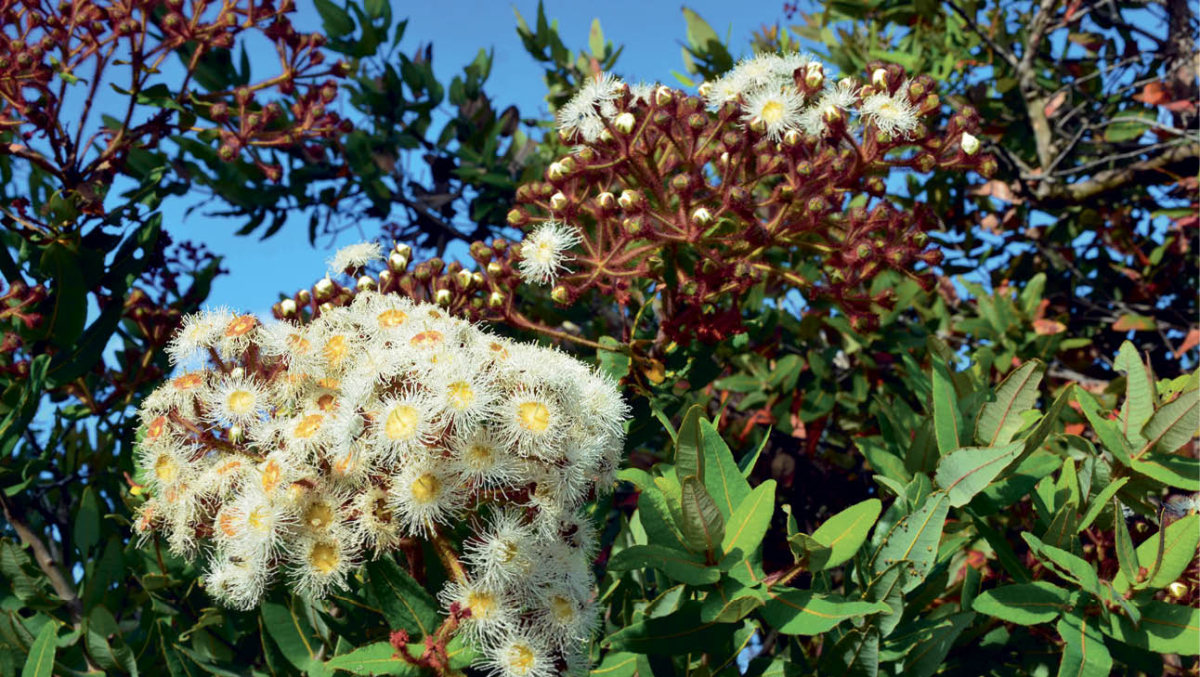
Sheoaks (Allocasuarina species)
Allocasuarinas are shrubs and trees with green ‘leaves’ that resemble pine needles but are actually green branchlets. When breezes blow, sheoaks produce a restful ambient sound not unlike that of distant breaking waves or a rushing river – delightful in any garden.
Unlike pines, sheoaks are flowering plants. Some, such as A. distyla, have especially bright-red blooms. The woody, oval fruit are an important food source for birds: in my region, drooping sheoaks (A. verticillata) have been planted along the Fleurieu Peninsula for locally endangered Glossy Black-Cockatoo. Grow in all climate zones.
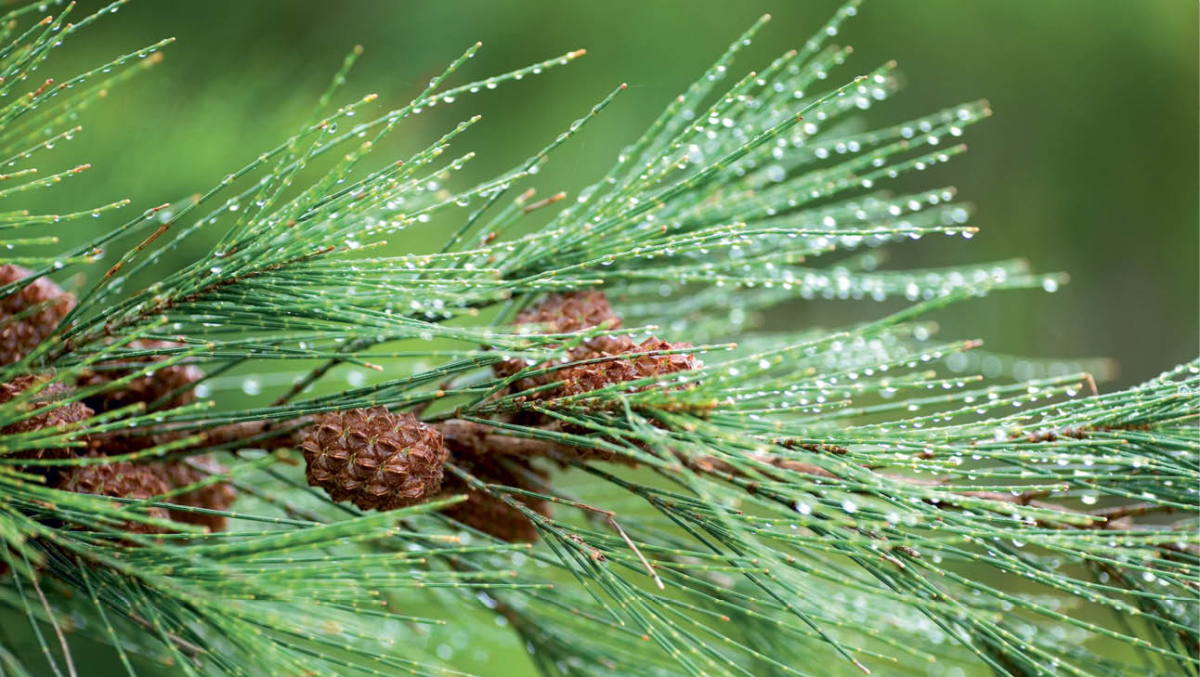
Flame gum cultivars and hybrids (Corymbia ficifolia)
Corymbias look like eucalypts, but flowers are held in an umbel, or corymb, hence the name. The biggest species are suitable only for large gardens, but C. ficifolia is available in numerous small-growing grafted cultivars.
Flame gum cultivars and hybrids have spectacular red, orange, or pink flowers. The ‘Mini Red’ grows 2–3m high; ‘Baby Orange’ 3m; and ‘Summer Red’ 3–5m. Birds and insects love the flowers, and the dense crowns of taller cultivars provide excellent habitat.
When buying, it’s important to choose actively growing, healthy trees with fresh young leaves because pot-bound ones often sulk indefinitely when planted out. Plant trees in spring and water regularly during establishment. Grow in all zones except tropical and subtropical.
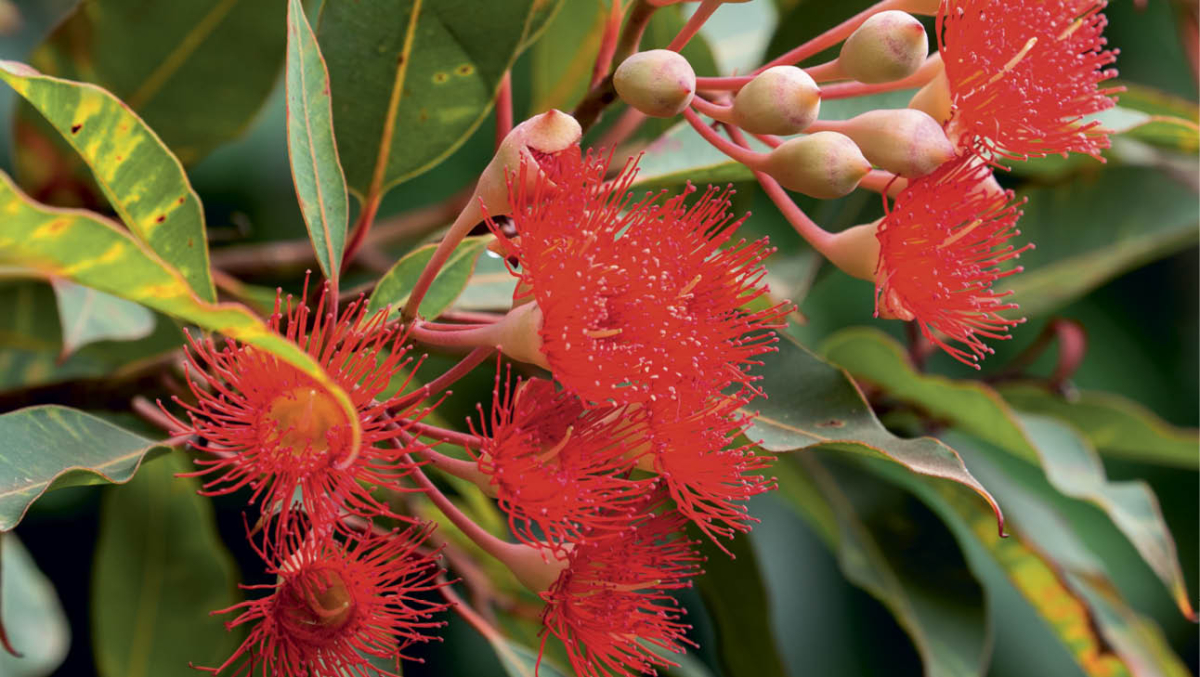
Other bird-attracting genera include:
- Acacia
- Banksia
- Callitris
- Eucalyptus
- Grevillea
- Hakea
- Melaleuca
- Syzygium
This feature first appeared in our Winter 2021 issue (OG 126). You will find all sorts of practical solutions for organic growing in the magazine — all you have to do is subscribe!

